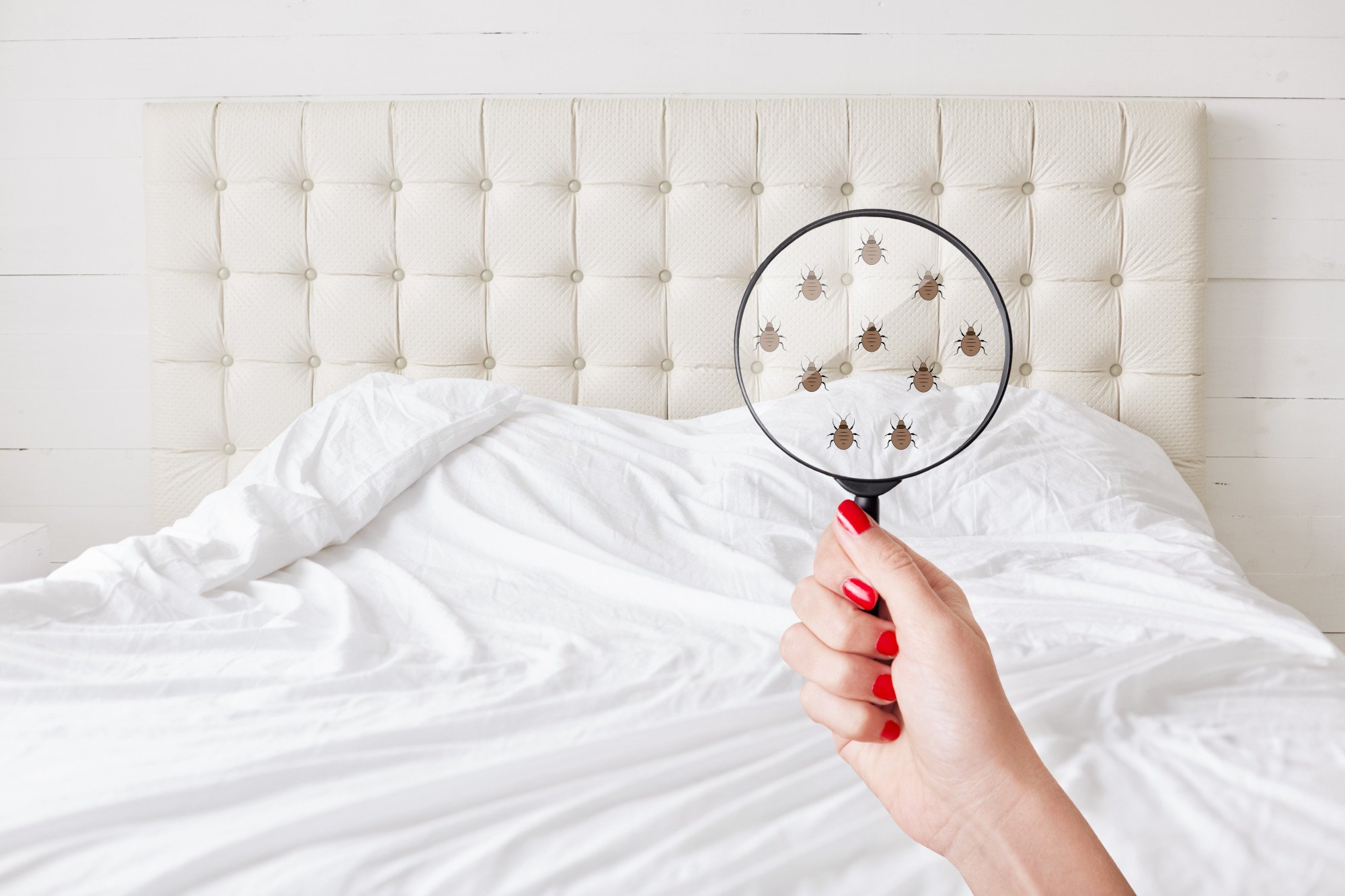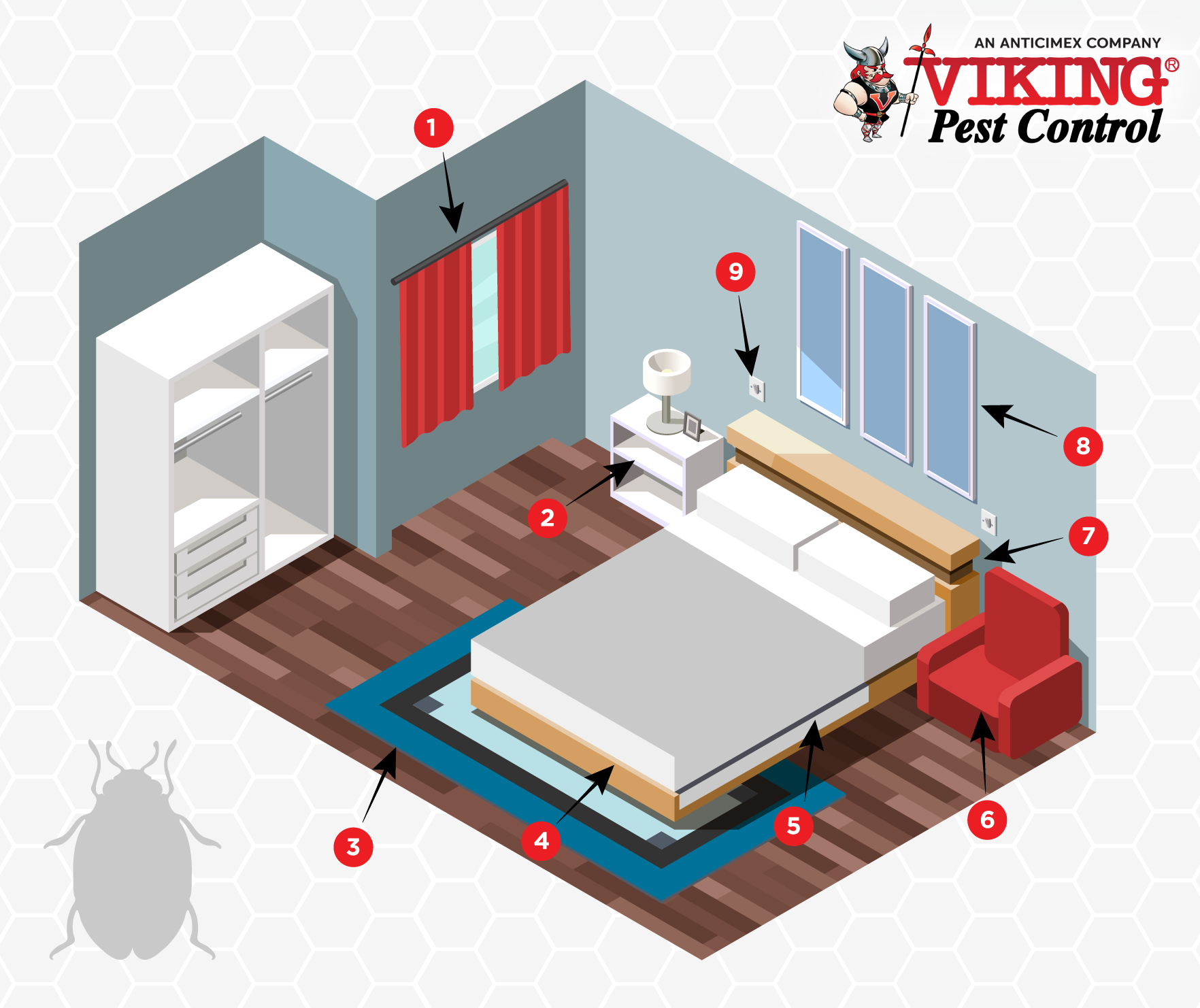How to Check for Bed Bugs In Your Home

Do you feel itchy when you wake up? Do you discover small bug bites on your skin?
You might have bed bugs. They’re quite prevalent, especially during high traveling months like Spring Break or Thanksgiving.
If you suspect that you have an infestation in your home, make sure to learn how to check for bed bugs. It’s an important skill to detect early activities and stop them before it becomes fully blown. In this guide, you’ll learn where to look for bed bugs and other important skills.
The Importance of Early Detection
When you’re lucky enough to catch a bed bug infestation in its early stage, make good use of it. Early detection and proper prevention can prevent an infestation from getting out of hand.
Larger infestations are often costly to eradicate since it needs entire house treatment. If you only need to deal with a few bed bugs, you can kill them without issues.
That will save you lots of money and trouble later on. Another reason why you need to detect an early infestation is due to the bed bugs’ nocturnal nature. In most cases, the first signs of a bed bug infestation are small bed sheet stains or inexplicable bite marks on your skin.
When the colony is big enough, these pests will emit a pungent aroma. Most people describe it as a musty sweet odor. Regardless, detecting it early will save you from a lot of grief, so knowing how to check for bed bugs is a must.
Where to Check for Bed Bugs
In most cases, you’ll find bed bugs where you spend most of your time. With their flattened bodies, these bugs will often get into crevices near where you sleep. That means you can find them in places such as:
- Bed mattresses
- Springs
- Headboards and footboards
- Wood bed frames

You’re also liable to find them nesting on furniture within 5-8 feet of your bed. You can also check other common locations like wall outlets, floor molding, and window and door molding. If you have a large-scale infestation, you might find them in multiple locations.
How to Check for Bed Bugs
Bed bug tracking methods improved a lot in recent years. If you suspect that your home hides bed bugs, here are some ways to detect these pests early on:
1. Visual Inspection
This is the best way to start since all you need to do is to get a bright flashlight and scour your home. Start at your bed and work outward. Make sure to pay more attention to small places like alarm clocks, baseboard crevices, behind your wallpaper, or even within your laptop.
Take note, visual inspections aren’t reliable when you have a small infestation. It’s easy to miss bed bug activity when only a few bugs hide within your home. In this case, it’s better if you call pest control and let them make a full inspection of your home. They’re more well-versed in other possible bed bug hiding places.

2. Identifying Marks
If you don't see bed bugs crawling around, it doesn't mean they're not there. There are a few telltale signs that indicate you have an infestation and that it's time to call in professional exterminators.
One clear sign is a patch of red stains. These are small and may look like droplets of blood or red. These stains come from crushed bed bugs.
You can often find these stains on the bottom side of your mattress. Keep in mind that bed bugs like dark and moist areas, which makes the underside of the mattress an ideal hiding spot. Don't stop there though - make sure to check your linen too.
Also, make it a point to look for eggs or excrement. Eggs look like pale white beads while excrement are black dots that can cause streaks on your linen.
3. Canine Detection
A dog’s nose has an acute sense of smell. It’s amazing since you can use these trained dogs to help with bed bug detection. Their sensitivity is such that they can sniff out a tiny infestation that you might miss when using traditional methods.
Lots of companies that use dogs for bed bug detection claim that their detection rate is 95% or more. Take your time and do some research about the company first before committing. Not all dogs have this specific skill, so make sure to ask for proof if they detect an infestation.
Visual confirmation is the best. If they can give that after finishing the inspection, you can go ahead and start with the treatment.
4. Don't Limit Yourself to the Bed
Bed bugs, despite their name, don't always stay under your bed mattress. They can and will move to warm, moist areas. Take time to go look beyond the confinements of your bed.
This means looking under the carpet, behind peeled sections of wallpaper, and under your lamp or behind loose wall sockets. These are all dark, warm areas that could provide ample breeding space for bed bugs whenever they're not feeding on you at night.
5. Using a Vacuum Cleaner
Don't know how to check for bed bugs if you can't visually scan for signs because of the color of your mattress or linen? Fortunately, there is another way solution: use a vacuum cleaner.
Do a quick sweep in all of the potential hiding spots: bed frame, mattress, linen, dirty clothes, and other warm, dark areas. When you're done, take out the collected dirt and put it into a clear bag. This should give you a better opportunity to spot any bed bugs or their eggs.
Get Rid of Bed Bugs Today with Viking Pest Control!
These are some of the tips on how to check for bed bugs. The best part is that most of these are inexpensive and easy to do. In most cases, you won’t need to do a lot.
With that, don’t hesitate and start looking for bed bugs. That way, you can eradicate them with a reputable pest control company as soon as possible.
Viking Pest is the bed bug expert! Schedule a FREE estimate here provided by a pest management professional, or call Viking today for more information regarding our bed bug control programs or K9 inspection.











